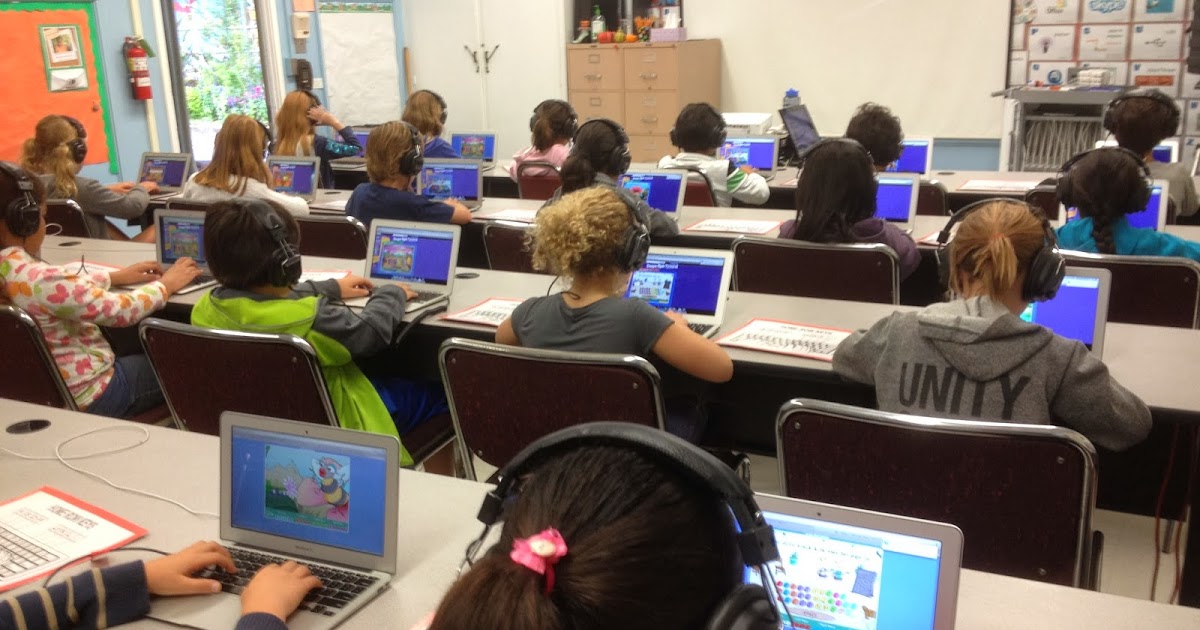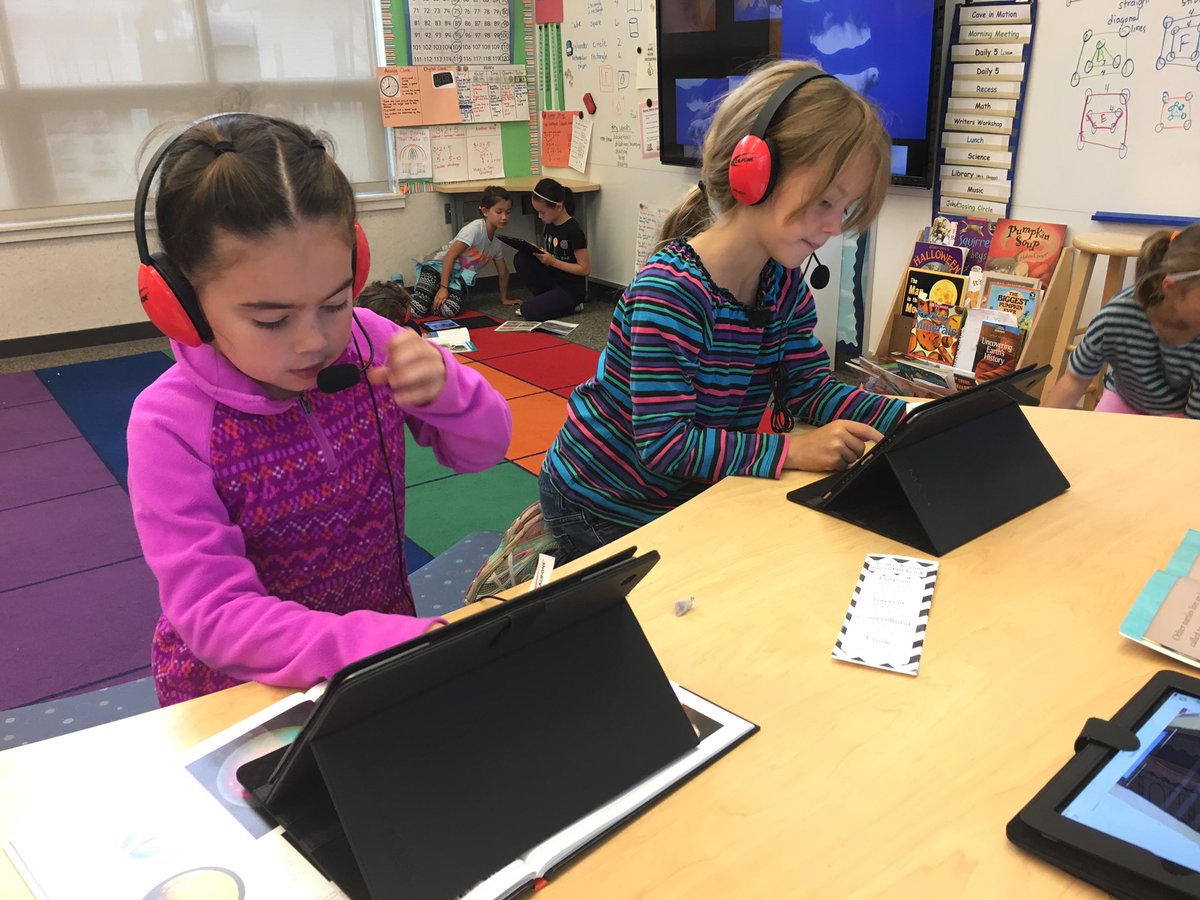What Are Learning Styles and Why Are They Important?

Learning styles refer to the different ways in which people learn. Although most people benefit from several different learning styles, the majority but have one dominant learning style.
When materials are presented in a way that is consistent with their dominant learning style, people tend to learn more quickly and with less frustration.
What Are Some of the Different Learning Styles?

Many students can relate to one of the following three learning styles:
• Visual Learners: These students rely heavily on their sense of sight while they are learning. They need to be able to see the teacher and the material in order to fully understand the concept.
Many visual learners prefer to sit in the front of the classroom so that they can clearly see the teacher and the blackboard.They usually need to see pictures, diagrams or read written material in their textbook in addition to hearing their teacher explain the concept.They often take detailed notes while the teacher is talking in order to retain the information.
Often, these students are well accommodated in traditional public school classrooms. Most schools orientated towards visual learners even when they are not differentiating their instruction to accommodate all types of learning styles.

• Auditory Learners: Auditory learners learn best through listening and participating in discussions. You will often find auditory learners participating in discussion groups or asking questions of the teacher in order to try to understand the material. When auditory learners are studying, they often need to read the written materials out loud in order to fully understand their meaning.

• Kinesthetic Learners (also known as Tactile Learners): this type of learner finds it easier to understand materials if there is an opportunity for exploration or a hands on approach to learning. They need to experiment with the concept and see how it works in order to understand it.
While a good educator teaches to all three types of learners described in this section, it is often the kinesthetic learner who has the most difficulty in a traditional classroom environment where the majority of the day seems to be based on activities that cater to the primary way in which visual and auditory learners learn best.
That said, most people have a dominant learning style but are still very capable of absorbing information through the other types of learning styles and may benefit greatly from a combination of different approaches.
How Does a Person Know His or Her Own Learning Style?

As students continue through school many of them begin to recognize the easiest way for them to understand and retain newly presented material.
All students, however, can benefit from a learning style assessment. In the past this has traditionally only been conducted for special education students. However, with a trend toward inclusive education in the United States, more general education teachers are being taught to teach diverse groups of learners.
Those teachers are well aware of the different learning styles and how they can be used in the classroom. Therefore, learning style assessments are becoming more commonplace for all students.
Why Are Learning Styles Important?

Knowledge of a student’s learning style is important for both the student and teacher. If the student is aware of his or her learning style then he or she can study more effectively and with less frustration.
Likewise, a teacher who knows his or her students’ learning styles is less likely to get frustrated and more likely to teach effectively. Teachers are increasingly being evaluated on how their students perform on state and district wide assessments. Therefore, it is more important than ever for teachers to effectively teach the students in their classrooms.
How Can Schools Support Students with Different Learning Styles and Their Teachers?

In order for teachers and students to benefit from knowing student learning styles, it is important that school administrators be supportive of differentiated instruction and learning.
To that end, it is helpful if administrators conduct and encourage staff development in the area of different learning styles so that they can help teachers identify the various ways in which students absorb information and modify their lessons accordingly.
Most school administrators, teachers and students share a common goal. They want the student to be successful. One of the best ways to make students successful is to recognize their learning styles and to teach them in a way that is compatible with the way that they learn.
